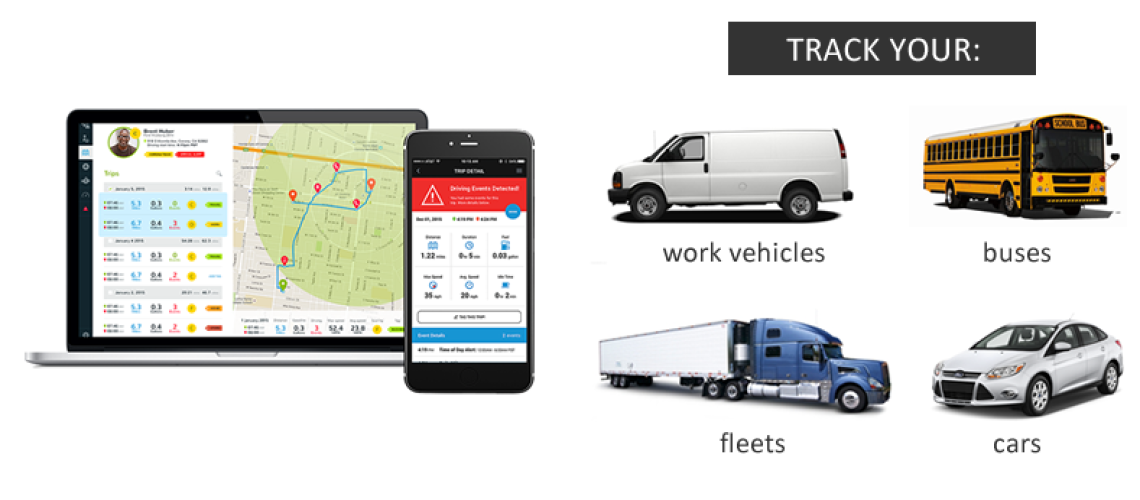As a business owner, managing your fleet efficiently is crucial for maintaining a competitive edge and maximizing profits. Fleet tracking systems have become indispensable tools for businesses of all sizes, providing valuable insights and helping streamline operations. In this comprehensive guide, we will explore the basics of fleet tracking, its benefits, and best practices for implementing a successful system. We will also discuss how partnering with a provider like LB Technology can help you achieve your fleet management goals.
- Understanding Fleet Tracking
Fleet tracking is the process of monitoring and managing your vehicles using GPS technology. This technology allows you to track your fleet in real-time, analyze driver behavior, optimize routes, and much more. The result is increased efficiency, reduced costs, and improved safety for your entire fleet.
- Benefits of Fleet Tracking
Some key benefits of fleet tracking include:
- Improved efficiency: Real-time GPS tracking allows you to optimize routes, reducing fuel consumption and wear and tear on your vehicles.
- Enhanced safety: Monitoring driver behavior helps you identify risky practices and enforce safe driving policies, reducing the likelihood of accidents.
- Reduced costs: Fleet tracking can help you cut down on fuel, maintenance, and insurance costs, boosting your bottom line.
- Increased customer satisfaction: Accurate tracking enables you to provide more precise ETAs and improve overall customer service.
- Fleet Tracking Technology
At the core of any fleet tracking system is GPS technology. Modern fleet tracking solutions often integrate with other systems, such as dispatch software, maintenance management tools, and payroll systems, streamlining operations and reducing manual tasks.
- Choosing the Right Fleet Tracking System
When selecting a fleet tracking system, consider the following factors:
- Real-time GPS tracking: Ensure the system offers real-time tracking to provide accurate, up-to-date information.
- Scalability: Choose a system that can grow with your business, accommodating additional vehicles and features as needed.
- Integration: Look for a solution that integrates with your existing software systems to streamline your operations.
- Customizable reports: Opt for a system that offers customizable reports and analytics to help you make data-driven decisions.
- Reliable customer support: Partner with a provider that offers responsive, knowledgeable customer support to help you get the most out of your investment.
- Implementing Best Practices
To maximize the benefits of your fleet tracking system, follow these best practices:
- Train your staff: Ensure your drivers and fleet managers understand the system and its features to maximize its potential.
- Set clear policies: Establish and enforce clear policies regarding vehicle use, maintenance, and safe driving.
- Monitor performance: Regularly review performance data to identify trends and areas for improvement.
- Maintain open communication: Keep an open dialogue with your drivers to address any concerns and gather feedback on the system.
By understanding the basics of fleet tracking and following best practices, you can successfully implement a fleet tracking system that improves your operations and bottom line. To achieve the best results, consider partnering with a provider like LB Technology, offering fleet tracking and GPS hardware and software solutions tailored to your business needs.
Ready to take your fleet management to the next level? Contact LB Technology today to learn more about our comprehensive range of fleet management solutions, including GPS tracking systems, route optimization tools, and more. Don’t wait – elevate your fleet management game now!

